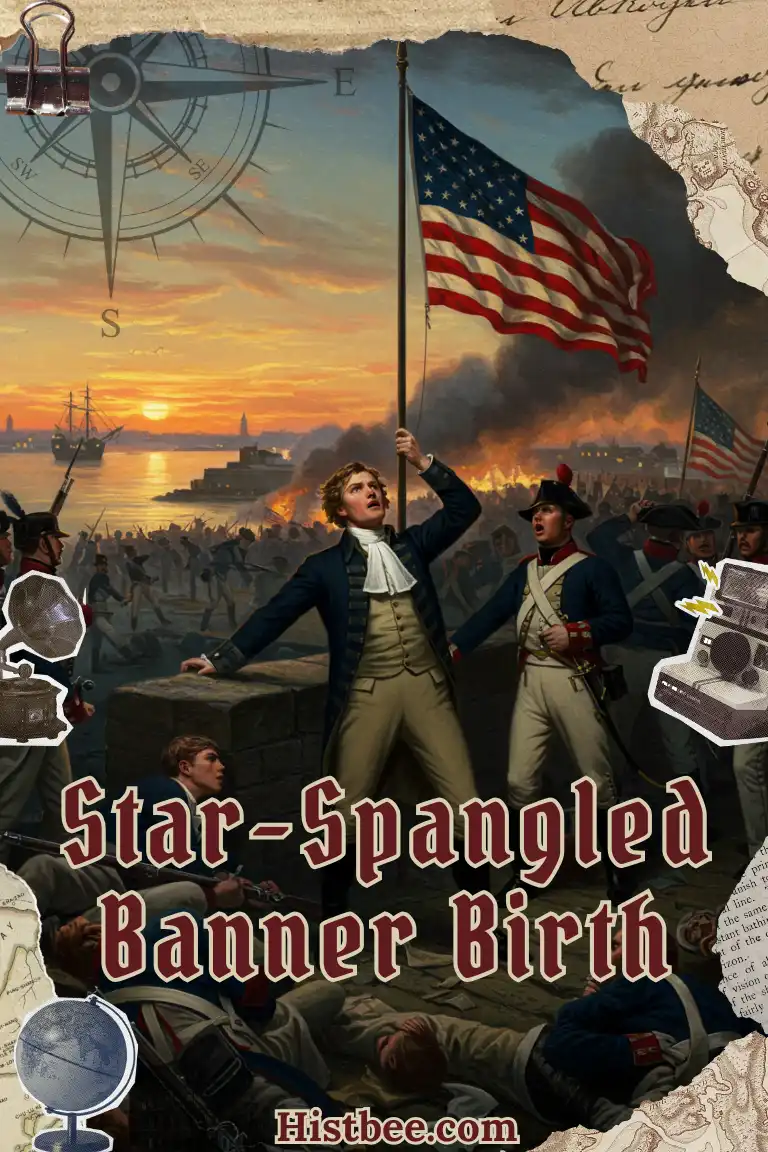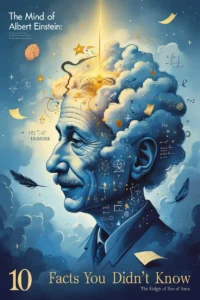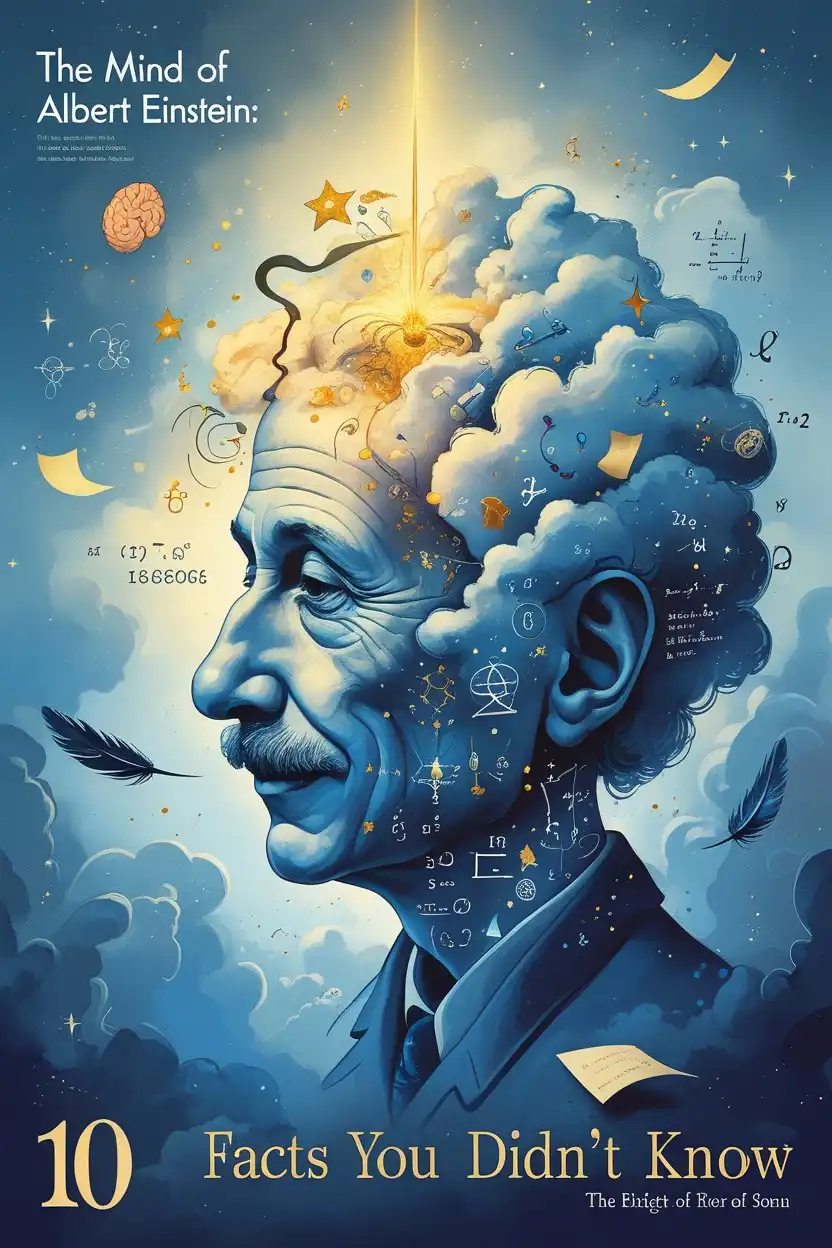The Star-Spangled Banner, a hallmark of American patriotism, is more than just the national anthem of the United States. It is a stirring reminder of the nation’s resilience, unity, and enduring fight for freedom. But how did this iconic song come to be? The story of its birth is deeply intertwined with a pivotal moment in U.S. history—the War of 1812. Let’s delve into the fascinating origins of this cherished anthem and the legacy it continues to uphold.
The Historical Backdrop: The War of 1812
The War of 1812 was a tumultuous conflict between the United States and Great Britain, fueled by disputes over trade restrictions, impressment of American sailors, and territorial ambitions. By 1814, the war had reached a critical juncture. In August of that year, British forces invaded Washington, D.C., setting fire to key government buildings, including the White House and the U.S. Capitol. This devastating attack left Americans reeling but also ignited a fierce determination to defend their young nation.
The Defense of Fort McHenry
Following their assault on Washington, British forces turned their sights on Baltimore, Maryland—a vital port city. To capture Baltimore, they needed to neutralize Fort McHenry, a star-shaped fort strategically positioned to guard the city’s harbor.
On September 13-14, 1814, British warships launched a relentless bombardment on Fort McHenry, raining rockets and mortar shells for 25 hours. Despite the overwhelming firepower, the American defenders held their ground, refusing to surrender. When dawn broke on September 14, the sight that greeted them—and one man in particular—became the inspiration for a song that would echo through history.
Francis Scott Key: Witness to History
Francis Scott Key, a 35-year-old lawyer and amateur poet, found himself an eyewitness to the dramatic events at Fort McHenry. Key had boarded a British ship under a flag of truce to negotiate the release of an American prisoner. While he successfully secured the prisoner’s freedom, Key and his companions were detained aboard the ship to prevent them from revealing British attack plans.
From his vantage point on the ship, Key anxiously watched the assault on Fort McHenry throughout the night. As darkness enveloped the harbor, he could only see bursts of light from the explosions. But when morning came, Key was overcome with relief and pride as he saw the American flag—the “star-spangled banner”—still flying triumphantly over the fort. This powerful image inspired him to pen a poem that would later become immortalized as the national anthem.
The Creation of “The Star-Spangled Banner”
Moved by what he had witnessed, Francis Scott Key quickly wrote down his thoughts on the back of a letter. Originally titled “Defense of Fort M’Henry,” his poem vividly described the harrowing battle and celebrated the resilience of the American spirit.
The opening lines are now etched into the hearts of millions:
“O say can you see, by the dawn’s early light, What so proudly we hailed at the twilight’s last gleaming?”
Key’s poem was soon set to the melody of a popular British tune called “To Anacreon in Heaven,” composed by John Stafford Smith. The combination of Key’s stirring words and the song’s rousing melody resonated deeply with Americans.

From Patriotic Song to National Anthem
“The Star-Spangled Banner” quickly gained popularity as a patriotic song, especially during times of national crisis. However, it wasn’t until over a century later that it officially became the national anthem of the United States. On March 3, 1931, President Herbert Hoover signed a congressional resolution designating it as such, cementing its place as a symbol of American identity and pride.
The Legacy of the Star-Spangled Banner
Today, “The Star-Spangled Banner” is performed at countless events across the nation, from sports games to presidential inaugurations. Its lyrics continue to evoke emotions of hope and unity, reminding Americans of their shared history and values.
The original flag that inspired Francis Scott Key is preserved at the Smithsonian Institution’s National Museum of American History in Washington, D.C. Known as the Star-Spangled Banner Flag, it serves as a tangible link to that defining moment in 1814 when America’s perseverance shone through adversity.
FAQs about The Star-Spangled Banner
Q: Who wrote “The Star-Spangled Banner”?
A: Francis Scott Key wrote the lyrics to “The Star-Spangled Banner” after witnessing the Battle of Fort McHenry during the War of 1812.
Q: What inspired Francis Scott Key to write the anthem?
A: Key was inspired by the sight of the American flag still flying over Fort McHenry after a fierce British bombardment during the War of 1812.
Q: When did “The Star-Spangled Banner” become the national anthem?
A: It officially became the national anthem of the United States on March 3, 1931.
Q: Where is the original Star-Spangled Banner flag today?
A: The original flag is housed at the Smithsonian Institution’s National Museum of American History in Washington, D.C.
Q: What does “The Star-Spangled Banner” symbolize?
A: The anthem symbolizes American resilience, freedom, and unity in the face of adversity.
Conclusion
The birth of “The Star-Spangled Banner” is a testament to America’s enduring spirit and determination to protect its ideals. From its origins as a poem written during a harrowing battle to its status as a unifying anthem for an entire nation, it remains an indelible part of U.S. history and culture. Every time its stirring notes fill the air, they remind us not only of past struggles but also of our collective strength and hope for the future.





